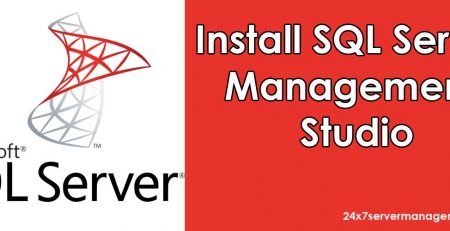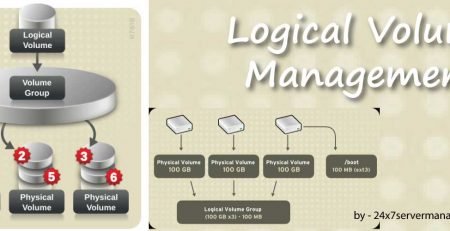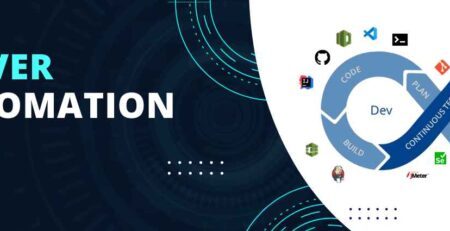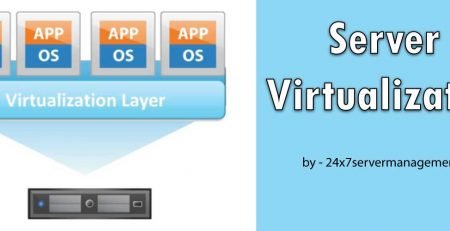Mastering Docker Swarm: A Step-by-Step Tutorial for Container Orchestration
Introduction:
Containerization has revolutionized the way applications are deployed and managed, providing a lightweight and efficient solution to package and distribute software. Docker Swarm, an integral part of the Docker ecosystem, takes container orchestration to the next level, allowing seamless deployment and scaling of applications across a cluster of machines. In this step-by-step tutorial, we will delve into the world of Docker Swarm, unravelling its capabilities and guiding you through the process of mastering container orchestration.
- Understanding Docker Swarm:
Docker Swarm is a native clustering and orchestration solution for Docker, enabling the creation and management of a swarm of Docker nodes. A Docker Swarm cluster consists of multiple machines, or nodes, that work together to run applications in containers. The orchestrator ensures that the desired state of the deployed services is maintained, even in the face of failures.
- Setting Up Your Swarm:
The first step towards mastering Docker Swarm is setting up your cluster. You’ll need multiple machines running Docker, and with a simple initialization command, one of them becomes the Swarm manager, while the others join as worker nodes. This initial setup forms the foundation for orchestrating containers seamlessly.
- Deploying Services:
Docker Swarm introduces the concept of services, which define the desired state of the application. Services can be replicas of containers, ensuring high availability and load balancing. We’ll guide you through creating services, specifying the number of replicas, and utilizing various options to fine-tune the deployment.
- Scaling Your Services:
One of the key benefits of container orchestration is the ability to scale services effortlessly. Docker Swarm allows you to scale services up or down based on demand. We’ll explore how to dynamically adjust the number of replicas, distributing the load and ensuring optimal performance.
- Managing Updates and Rollbacks:
Docker Swarm simplifies the process of updating applications without downtime. Learn how to update services, control rolling updates, and, in case of issues, roll back to a previous version. This capability is crucial for maintaining a resilient and agile infrastructure.
- Networking in Docker Swarm:
Seamless communication between containers is vital for a well-functioning Swarm cluster. We’ll cover Docker’s overlay networking, which enables containers across different nodes to communicate as if they are on the same network. This ensures flexibility and scalability in your application architecture.
- Implementing Security Best Practices:
Security is a top concern in any containerized environment. We’ll explore best practices for securing your Docker Swarm cluster, including TLS encryption, role-based access control (RBAC), and strategies for protecting sensitive data.
- Monitoring and Logging:
Effective monitoring and logging are essential for maintaining a healthy and efficient Swarm cluster. We’ll introduce tools and techniques for monitoring resource usage, tracking container logs, and diagnosing issues in real-time.
Conclusion:
Mastering Docker Swarm is a powerful skill that empowers developers and DevOps teams to efficiently manage containerized applications at scale. By following this step-by-step tutorial, you’ll gain a comprehensive understanding of Docker Swarm’s capabilities and be well-equipped to orchestrate containers seamlessly in a production environment. Embrace the future of containerization with Docker Swarm and unlock the full potential of your application deployment and management workflow.












